10 Surprising Ways Origami Can Empower Blind Children
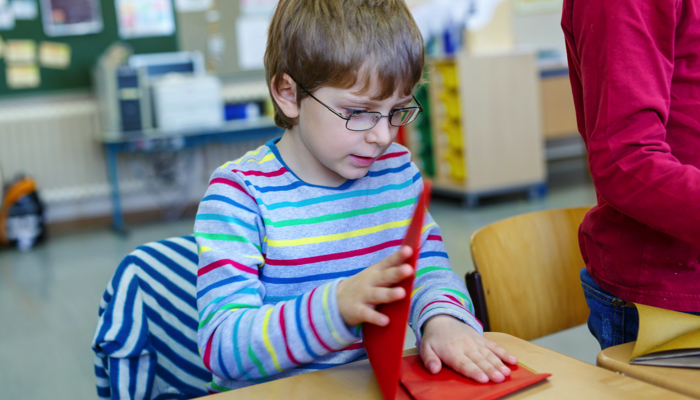
When I recently typed in the name “Saburo Kase” into Gilad’s Origami Page, a definitive origami database on the Internet, I received the following response: “93 origami designs found.”
Not only did Saburo Kase design these and other origami models, but he managed to visit forty-nine countries over a thirty-year period, spreading the art of origami wherever he went. He has not only published books himself, but many of his models have been published in origami magazines and by other authors worldwide. You can also find folding tutorials for some of his models on YouTube.
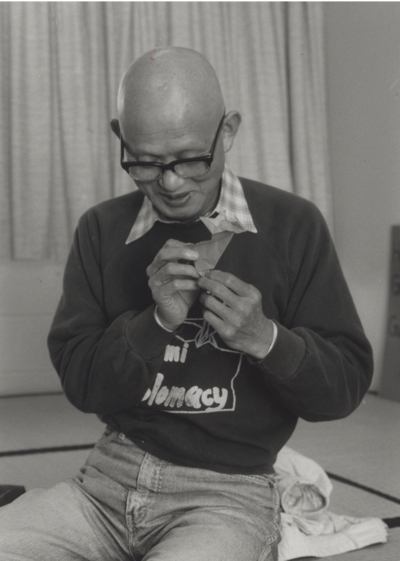
I’d say this all is quite an achievement for anyone, but to me, more so because Kase lost his sight at the age of twelve. Origami became a way of life for this remarkable man. He taught origami, especially to children, and used it, I believe, to teach much more than paper folding.
Born in Japan in 1927, Saburo Kase traveled with his friend, Eiji Tajima, overcoming many obstacles, including the language barrier, and using origami to spread a positive message of hope. To illustrate the reach and influence of Kase and origami in general, I was recently contacted by Nishi Sakpal, a passionate blind origamist from India, who told me of meeting Saburo Kase at a workshop he presented in India in 2002.
Being totally blind myself, I am in awe of Kase’s willingness to travel, to teach, and to spread origami wherever he went, thereby succeeding in dedicating his life to the art while meeting people and doing what he found to be useful and fulfilling.
Discovering Accessible Origami
For me, it all started with a paper heart. A small online email list for crafters was established around 2008. It was near Valentine’s Day and someone suggested we find instructions for how to fold a heart out of paper. I went exploring and found that origami, the Japanese art of paper folding, was, in fact, practiced by many people from different countries. Technological advancement and better communication have helped this art form to grow in different ways, especially over the last twenty years.
Origami has, for a long time, used diagrams, photos, or illustrations as a primary method of instruction, sometimes with very little to no text. Online classes and video tutorials have been added in recent years, but they can still be fairly visual.
After puzzling out a few models myself, I established the Accessible Origami Project Blog around 2009 with the aim of simply having a place to keep a record of my folds. I also thought that perhaps one day, others might find the three or four things I had folded with my own text-based instructions helpful.
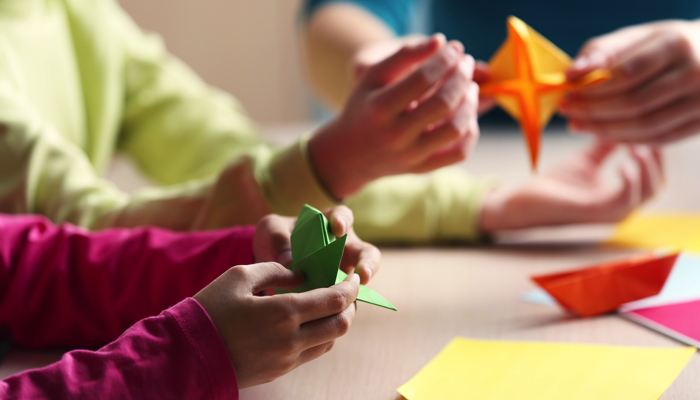
Can Origami Really Benefit Kids Who Are Blind?
Today my site contains more than eighty models, with recent additions by blind folders from various parts of the world. It has long been known that origami has many benefits in general, and there are myriad benefits to doing origami with children.
The following are some of the benefits to consider when introducing origami to children who are blind or visually impaired:
1. Origami is a no-mess craft.
The fact that no glue, paint, or other similar craft materials have to be included makes origami a good option for children with sensory aversions to these kinds of materials. As far as no-mess craft activities go, origami definitely ranks near the top.
2. All you need to get started is a piece of paper.
Paper is the main and often the only supply needed, making the craft cheap, portable, and easy to set up. Another benefit is that paper can be reused and recycled.
3. Paper folding is an instant art.
The results are immediate – no long waiting period and children can take their creation home. In a world where things happen quickly, this aspect is no doubt important.
4. Folding paper is educational!
Many craft activities are also educational opportunities. Origami is no different. In fact, various concepts can be taught during the folding process, more often than not, without children realizing that they are actually learning while having lots of fun.
For example, math concepts like basic shapes, counting, fractions, and equations, come to mind for younger children, but knowing left and right, top and bottom, vertical and horizontal are also important concepts that may be taught using origami.
For blind children, origami may also help with general spatial orientation and teach concepts around two- and three-dimensional objects. It can be used in various ways to teach design concepts like symmetry as well as geometry and trigonometry concepts for older children.
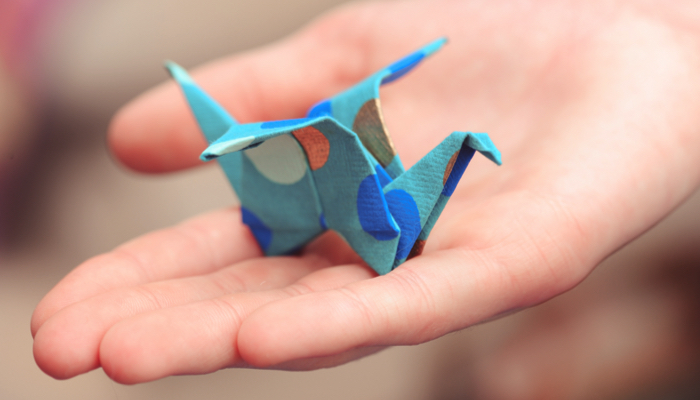
5. Origami is multi-sensory.
Another benefit to origami is that it involves skills development in a general sense, engaging both hands as well as involving the sense of touch, hearing if working from verbal instructions, using the brain to interpret and carry out the folds using fine motor movements, which is very important for learning braille and tactile discrimination in general.
6. Following directions improves language skills.
Using text-only origami instructions provides an excellent and unique opportunity for improving language development, allowing young children to improve their listening skills, work on comprehension, and practice following directions. Following specific, structured directions with a physical outcome can be a very satisfying learning experience for young children.
7. The art of folding can support focus and relaxation.
Depending on various factors, folding objects from paper can help a child focus or relax. Following a specific sequence of folds often necessitates concentrating and focusing for a certain amount of time. On the other hand, some folds are so easy that it can be done almost without thinking, making it perfect for keeping one’s hands busy while listening to music or an audiobook.
8. Successful results can boost self-esteem.
The above does not include the positive feelings of achievement that the creation of a simple model may elicit, be it as an individual pursuit or as part of a group activity. Origami has the potential to become a hobby that may be pursued long-term. It may provide a sense of purpose for a young child going through a difficult time or help to build confidence in general, where small folding achievements may turn into a lifelong passion for creating, teaching, or just sharing with others.
Like with many arts and crafts activities, the benefits are often only realized over time once the child becomes older or interested on a deeper level. If introduced at an early age and encouraged over time, a child may discover the many positive values that have shaped origami as an art form and an international movement over the past years.
9. Group origami activities promote social skills.
Origami is quite flexible in the sense that it can be a solitary activity to keep children busy, but it can also be used to promote teamwork, and if presented using text as an instructional method, it will be an accessible and inclusive activity for a group of sighted and blind participants.
10. Origami fosters creativity.
Creativity is an important aspect that is sometimes neglected where young children are concerned. For children who are blind or have low vision, it is sometimes assumed that they may not be interested in arts and crafts at all, or at least not at a young age. Paper crafts are sometimes considered not suitable for young blind children, perhaps because it might seem to revolve around visual elements and may involve cutting with scissors, drawing or painting, stickers etc.
However, there is no reason why totally blind children should not be encouraged to be creative and exposed to a wide range of paper crafts, of which origami could be an excellent starting point. In fact, I feel that it is very important for blind children to have the opportunity to
learn to cut with scissors, apply glue, and identify basic shapes, for example. Furthermore, many children are drawn towards playing with paper, as if they instinctively know that paper is useful and beautiful in itself and not simply something that can be drawn or written on.
It is also important to make blind children aware of color. Origami provides a natural way to introduce the concepts around color. Bright colors and contrasting textures can be used to make origami interesting for children who are blind as well as for those with some degree of vision.
I hope that the above will serve as a basic starting point for parents and teachers who may want to introduce the art of origami to children who are blind or have low vision. You are more than welcome to contact me via email for more information or if you have any suggestions or ideas.
Resources
- Accessible Origami Project
- You can join the Access Origami email list by sending a blank mail to accessorigami+subscribe@groups.io
- Easy Origami Projects for Kids
- Saburo Kase: Origami’s Yokozuna
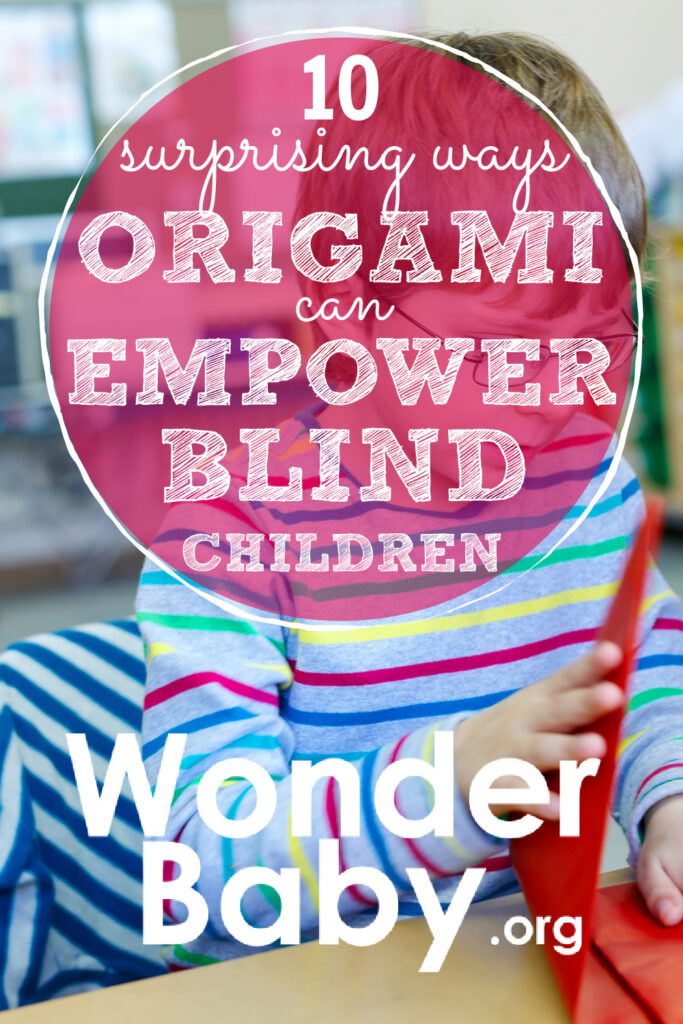
Related Posts
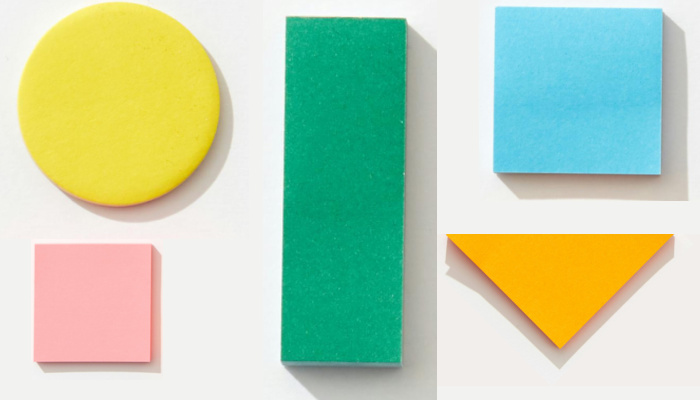
Tactile Arts and Crafts, Visual Impairment
Using Origami to Teach Blind and Low-Vision Students Basic Shapes
If, like me, you have wondered why it is important for young students to learn about shapes, here are just a few reasons. Teaching shapes in early education provides children...
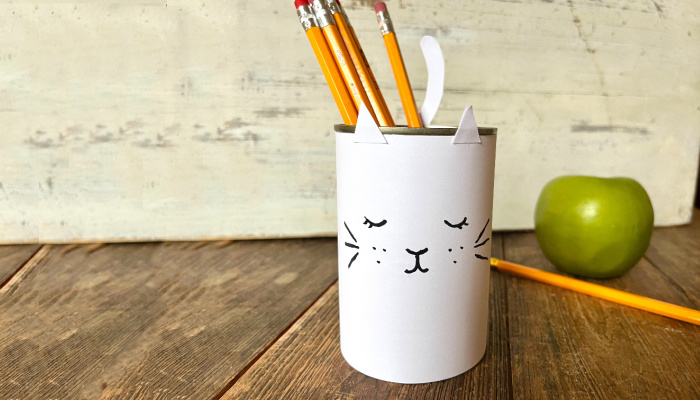
Tactile Arts and Crafts
Cat Pencil Holder Craft
Get organized for back-to-school with this adorable Cat Pencil Holder Craft. All you need is an empty can and some basic craft supplies.
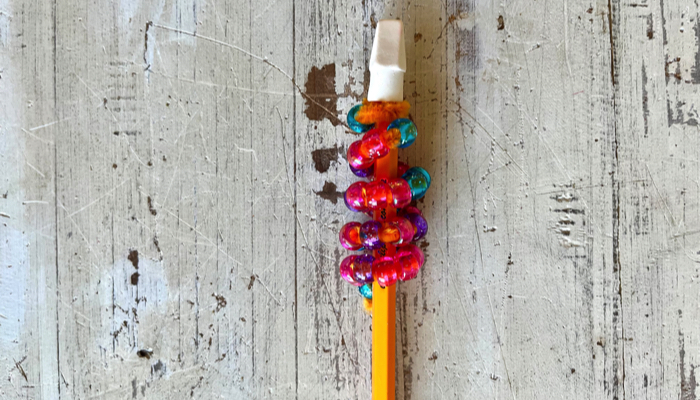
Tactile Arts and Crafts
Bouncy Pencil Topper Craft
Pencil toppers make writing more fun. This Bouncy Pencil Topper Craft is perfect for students needing extra tactile input.